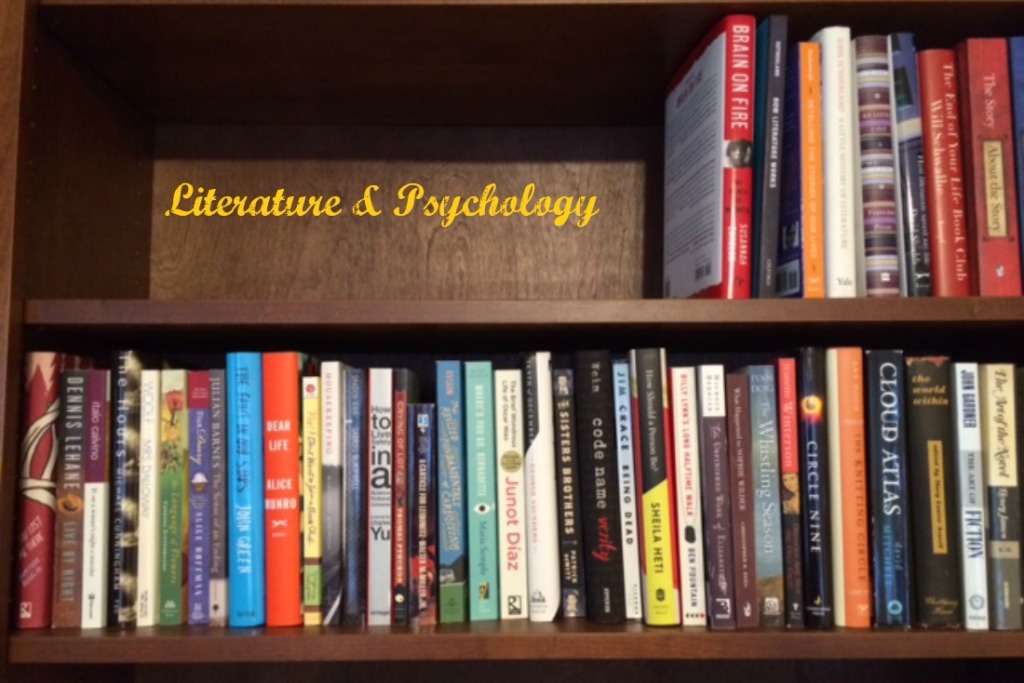Related Posts:
- Introduction to Life Stories
- “Before I Go to Sleep,” S.J. Watson: We Are What We Remember
- Life Stories: The Personal Component
- 11 Novels That Feature Life Stories
- Must We Like Fictional Characters?
- “Mr. Mercedes” by Stephen King: The Power of Characters
Although the concept of life story originated in the field of psychology, where it pertains to real people, every major fictional character also has a life story. Good writers create memorable characters by building a character’s full life story before beginning to write their novel or short story. The character’s life story then becomes the back story against which the novel unfolds. By looking at some guidelines for writers about how to create characters, readers can learn how to evaluate and appreciate the writer’s craft.
Mia Botha instructs writers on creating their work’s main character, or protagonist, in an article appropriate entitled The Character Biography:
All authors start with an idea. It could be plot first or character first. It doesn’t matter. But, if something happened, it happened to someone. And this is where my character biography begins. I start out with perhaps a paragraph of the things I know about this person. I add details as my first draft progresses.
The character biography, Botha writes, contains three parts:
- the physical.
- the sociological.
- the psychological.
She says that she writes down the character’s biography before starting her novel, then rereads and, if necessary, rewrites it every few thousand words as her manuscript progresses.
Every protagonist needs an antagonist to provide the conflict necessary for a story to develop. Nancy Fulda advises writers on the types of possible antagonists, commonly known as villains, in Variations of Villainy:
Villains have their own priorities, goals, fears and aspirations. The more effectively you demonstrate these differences to the reader, the more compelling and believable your villains will become. The old adage, “Everyone’s the Hero of His Own Story” applies here.
Fulda describes five “basic personality types which frequently appear in villainous characters.” But while it’s useful for writers to know these basic types, Fulda points out, the types often overlap. It’s the writer’s job to flesh out these types with enough details to create a fully developed character. Readers will look for such details when evaluating whether a character is credible within the context of the novel.
When creating villains, it’s helpful to ask the same questions one asks when creating protagonists. What does this person yearn for? What does she fear? What is the best thing that could possibly happen to her? What can she least afford to lose?
For story purposes, a villain exists to oppose the protagonist. But for believability purposes, the villain exists as a being in his own right. Take time to discover who he is, and your stories will be richer for it.
Of course, not every detail of the character’s back story will find its way into the novel, but the writer must know those details in order to choose which ones to include. Great authors, says Botha, “know what is important for the reader and the story.”


Pingback: » Writing Resources Change of Perspective